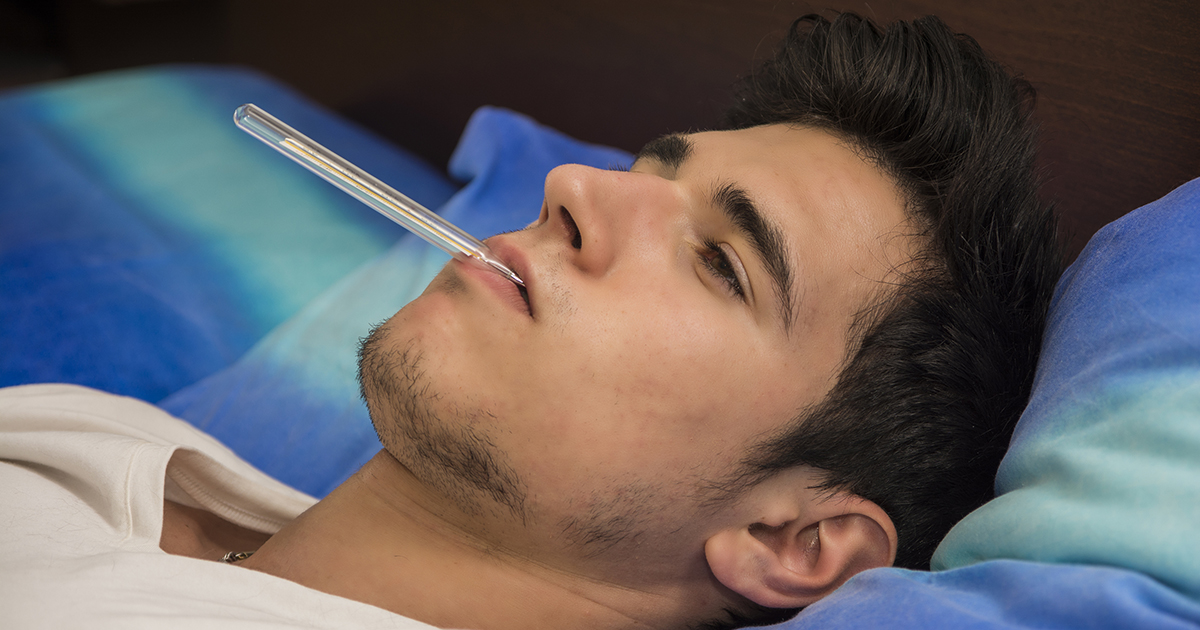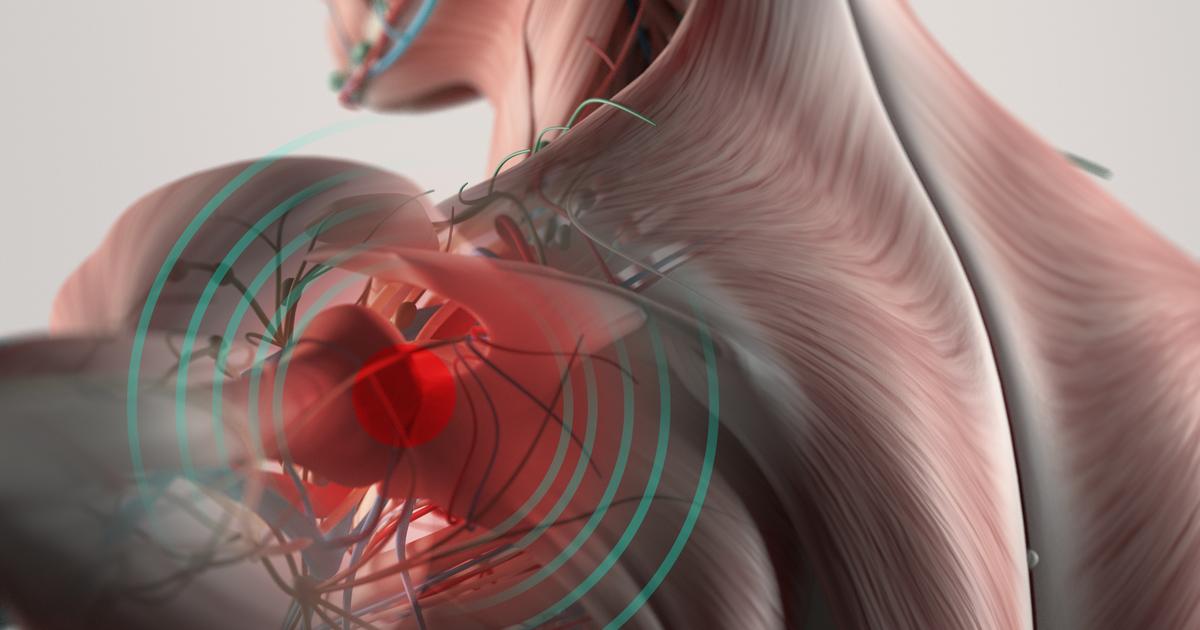What Are The Symptoms Of Bursitis?
Bursitis is a pain-causing condition affecting the bursae. A bursa is a small and fluid-filled sac, which are located throughout the body and are responsible for cushioning the muscles, tendons, and bones around the joints. When the bursae become inflamed, this inflammation is called bursitis. Typically, bursitis only occurs in one location with a few bursae, rather than all the bursae becoming inflamed at once. The most typical locations the inflammation occurs are the hip, elbow, and shoulder. That said, bursitis can less commonly occur at the base of an individual's big toe, heel, and by the knee. The condition usually occurs by joints involved in repetitive and frequent motions.
Get familiar with the symptoms of bursitis now.
Swollen Or Red Joints

Bursitis comes with common symptoms associated with inflammation. When the bursae around a joint or multiple joints become inflamed, affected individuals may see their joints become swollen or red. If the affected joint is compared to one on the opposite side of the body, it will be larger and more filled with fluid. The redness may be accompanied by tenderness or may be warm to the touch. Other external symptoms that may occur include a rash or bruising around the affected area. These physical symptoms might be centralized to the joint or may be spread further around the area surrounding said joint. Anti-inflammatory drugs can sometimes help reduce swelling and tenderness.
Read more about the warning signs of bursitis now.
Pain Upon Applying Pressure Or Movement

The inflammation associated with bursitis can lead to pain upon applying pressure or movement. If individuals press down on the swollen or achy area, they might experience sharper or shooting pain through their body. Excess pressure may make the inflammation worse. It's also common to experience pain when they move the affected joint. With shoulder bursitis, moving the shoulders can cause pain, especially if patients reach overhead or behind themselves. Hip bursitis may lead to pain when patients walk, run, exercise, or otherwise move their hips. Pain tends to worsen after patients exert themselves or engage in tough physical labor. With elbow bursitis, it may be difficult to bend or straighten the arm fully.
Continue reading to uncover more symptoms of bursitis now.
Stiff And Achy Joints

Stiff and achy joints tend to occur as part of bursitis. Most commonly, the stiffness and aching will be associated with the swollen and inflamed area. Individuals shouldn't experience pain in parts of the body that don't have inflamed bursae. If the stiffness and aching are widespread and chronic, it may be a sign of another condition, such as arthritis. Affected individuals may find there's a dull aching in their joints even if they immobilize and don't move them for extended periods. The stiffness may become worse if individuals don't move their joint. It's best for them to talk to a doctor about how much movement they should be allowing, along with whether they should fully immobilize their affected joint.
Get more details on bursitis warning signs now.
Fever

A fever may occur alongside the pain, stiffness, limited range of motion, and swelling. Fevers are a sign of infection, and they occur when the immune system raises the body's temperature as part of its response to infection fighting. The level of the fever depends on how severe the infection is. Bursitis caused by an infection is referred to as septic bursitis. Typically, redness only occurs in those with septic bursitis, since it's a sign of infection. Warmth also only tends to occur with septic bursitis. If patients experience any symptoms of an infection, they should seek prompt medical care. Though most types of bursitis resolve by themselves, septic bursitis is potentially serious. About twenty percent of cases of bursitis are of a septic nature. Infections are caused by a bacteria or other organism entering the bursa through a puncture, scrape, bite, cut, or other wounds.
Discover additional symptoms of bursitis now.
Inability To Move Affected Joint

With most cases of bursitis, there's some range of motion still associated with the affected joint. Though movement may cause pain, affected individuals are typically able to go through some motions. However, in more serious cases, there may be an inability to move the affected joint. Sometimes this is because the stiffness progresses until it makes the joint feel 'locked.' In other cases, the inability to move is because attempting movement causes pain too severe to manage. A complete inability to move the affected joint isn't a normal symptom in run-of-the-mill bursitis. It's often a sign of septic bursitis or serious inflammation that requires medical intervention. If a patient's bursitis pain is keeping them from moving their joint entirely, they should see a doctor as soon as possible.